1990, UN: A decade devoted to ‘natural disaster reduction’
At the start of the decade, disasters are regarded as extreme events that people can prepare for but not predict. As an early 1990s slogan from the Pan American Health Organization puts it: “Disasters don’t warn; be prepared.”
The UN General Assembly designates the 1990s as the International Decade for Natural Disaster Reduction (IDNDR), and forms a Secretariat to coordinate and oversee its work. By the end of the decade, perhaps in recognition of the scale of the challenge, the organisation changes its name to the International Strategy for Risk Reduction (ISDR).
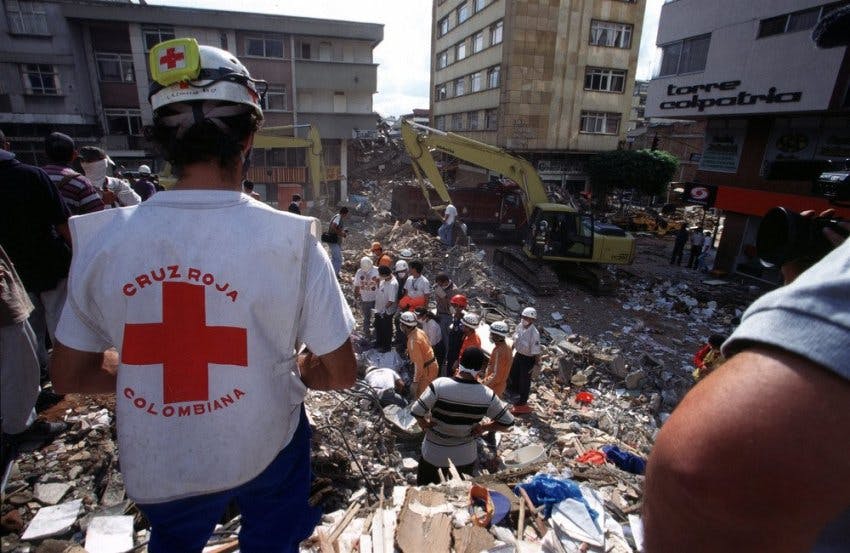
1994, Yokohama: Response alone is insufficient
The Yokohama Strategy for a Safer World – the outcome of the UN’s World Conference on Natural Disaster Reduction, held in the Japanese city of Yokohama – sets out guidelines for disaster prevention, preparedness, and mitigation, and signals a pivotal shift, emphasising that disaster response alone is insufficient. By the end of this decade, however, some still lament the response-oriented approach taken by humanitarians. "Relief continues to be the primary form of disaster management in many countries,” acknowledges Kenyan Minister of State Amukowa Anange at a regional meeting of the Organisation of African Unity (OAU).
From the Archives:
2004, Indian Ocean tsunami: Few early warnings
In the early morning of 26 December 2004, a 9.1-magnitude earthquake triggers a tsunami in the Indian Ocean. Without an early warning system, the tsunami claims more than 200,000 lives across 14 countries, predominantly in Indonesia, Sri Lanka, Thailand, and India, but also as far away as Somalia. While many local populations and foreign tourists are unprepared, the coastal residents of Simeulue and the Andaman Islands evacuate to higher ground due to their culturally ingrained understanding of tsunami risks.
An Indian Ocean Tsunami Early Warning and Mitigation System is developed, and belated international efforts begin to improve early warning systems and strengthen preparedness.
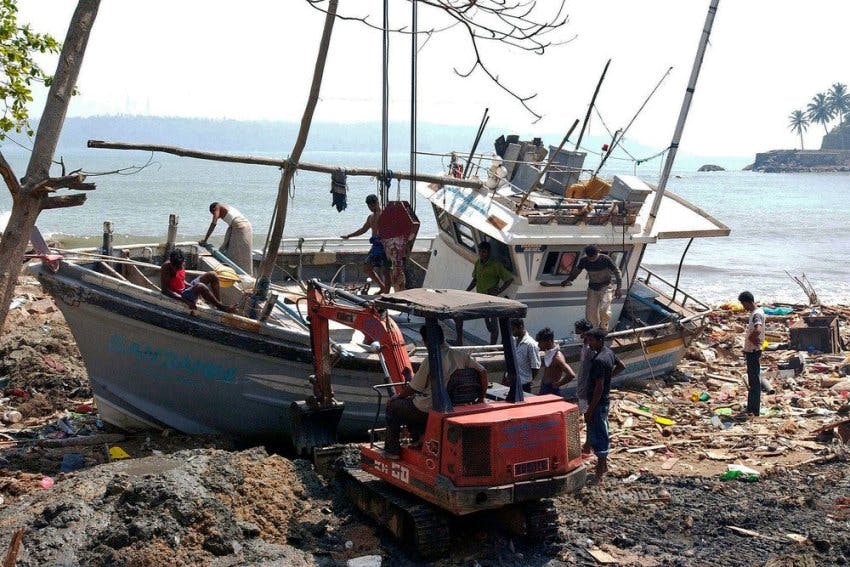
From the Archives:
Prepare for disaster and save lives - UNDP report (February 2004)
110 reported killed by tsunami in Somalia (December 2004)
Tsunami damage [in Yemen] over US $1 million - UNEP assessment (February 2005)
2005, Kobe: Building a culture of safety and resilience
The Hyogo Framework for Action (HFA) – a 10-year blueprint to reduce risk and strengthen disaster preparedness – is adopted by 168 countries in Kobe, Japan, a decade after the Great Hanshin earthquake devastated the city’s port. Planning for the HFA (named after the Hyogo prefecture of Japan) began long before the Indian Ocean tsunami, but the scale of the disaster galvanises political interest.
Meanwhile, Hurricane Katrina exposes the fragility of rich countries, as more than 1,800 people are killed in the US coastal city of New Orleans. The hurricane is predictable – it comes in the middle of Atlantic hurricane season – and the city’s vulnerabilities are well documented beforehand, including the fragile levees and the inadequate contingency plans. Only a fraction of the population – mainly the wealthy – are able to evacuate early.
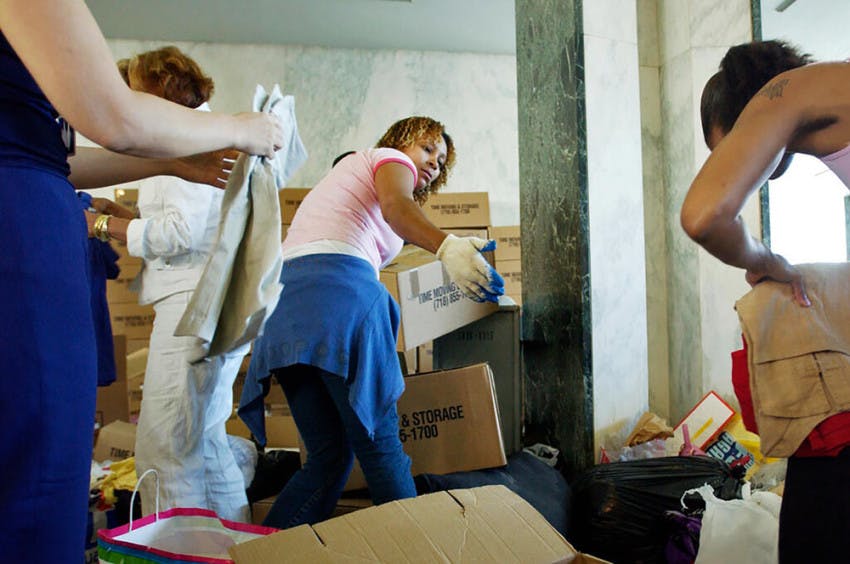
From the Archives:
2007, Bangladesh: Casualties down, climate risks rise
Early warning systems are credited for limiting casualties from Bangladesh’s Cyclone Sidr to a fraction of the estimated 300,000 deaths caused by the equally forceful Bhola cyclone of 1970. The main difference then was that although meteorologists knew of the quickly approaching storm, they had no way of communicating that to those living in harm's way.
The Intergovernmental Panel on Climate Change (IPCC) – a scientific group established by the UN in 1988 to understand the impact of climate change and to guide response strategies to it – warns of the “unequivocal” warming of the planet and expected increases in the severity and frequency of natural hazards.
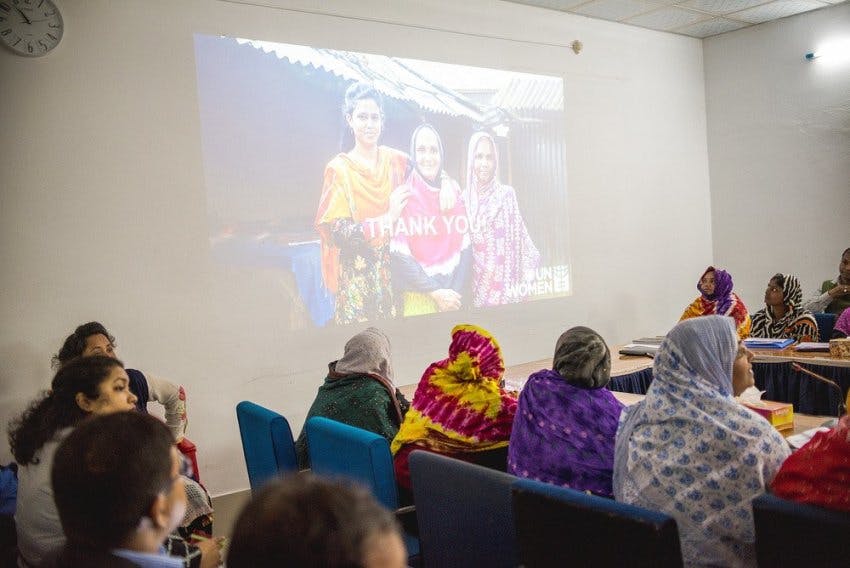
2009-2010: Low funding for disaster risk reduction
Among the 40 countries receiving the most humanitarian assistance in 2009, the Overseas Development Institute (ODI) estimates that only 1.8 percent of humanitarian funding is directed towards disaster prevention and preparedness. Meanwhile, on the development side, ODI reports that disaster risk reduction (DRR) is a fraction of total international aid finance. Of the $3.3 trillion spent on development assistance between 1991 and 2010, only $13.65 billion went towards DRR, compared to nearly five times that amount spent on emergency response during the same period.
From the Archives:
Building a framework for long-term disaster preparedness (October 2008)
Cyclone migrants face challenges (December 2008)
Disaster prevention is better than cure (August 2009)
Hunza flood-displaced hope for early return (July 2010)
Learning from Japan's tsunami (March 2012)
2011, Horn of Africa: Slow onset disaster despite early warnings
In the run-up to a 2011 famine in Somalia that kills over 250,000 people, there are 78 warnings. After the late response from the government and aid agencies to the early warnings, agencies call for a reorientation to “manage the risks, not the crisis”. The disaster prompts humanitarian and development actors to join resources in order to respond more effectively to early warning signs and build resilience – another term adjacent to risk reduction – to recurrent shocks.
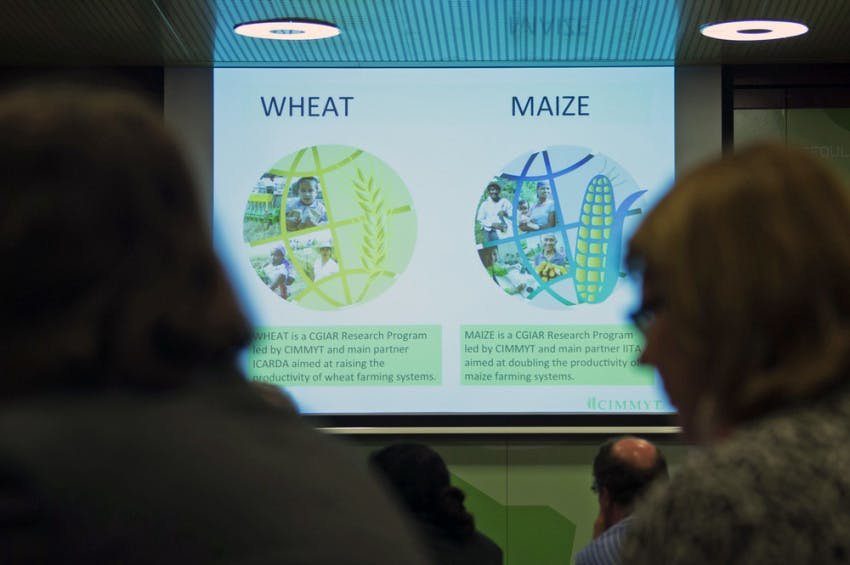
2013: Risk reduction is everyone’s responsibility
Funding for DRR is still a problem. Many high-risk countries are found to have received negligible levels of financing for DRR compared with emergency response. ODI estimates that for every $100 spent on development aid, just 40 cents has been invested in defending the benefits of that aid from the impact of disasters.
As the mid-term review of the Hyogo framework notes, “handling what is primarily a developmental issue with largely relief and humanitarian mechanisms and instruments… needs to be reconsidered”. A UN humanitarian report advocates for others to pick up the slack, noting the “shift from cure to prevention” cannot be shouldered by humanitarians alone, but needs the will and efforts of governments, the development sector, civil society, and private companies.
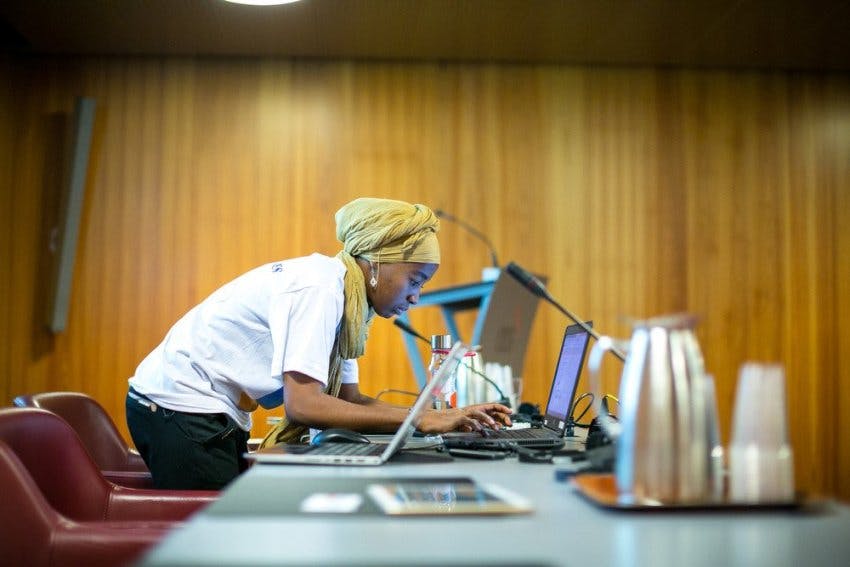
2015: Sendai – A new framework for disaster risk reduction
The Sendai Framework, a 15-year policy roadmap taking over from the Hyogo agreement, is adopted by 187 countries. It outlines global aims, including a “substantial reduction in global disaster mortality, a substantial reduction in numbers of affected people and a reduction in economic losses”.
But some are disappointed by the framework's lack of numerical targets or financial commitments, calling them “half measures” that will not keep pace with rapidly increasing disaster risk around the world. Others criticise it for a highly technocratic approach that doesn’t go far enough in considering the social, economic, and political structures that drive vulnerability.
2016, El Niño: A ‘modern day tragedy’
The impacts of the 2015-2016 El Niño cyclical weather pattern, particularly droughts, are considered to have been preventable, with an Oxfam report highlighting the “world failure to provide comprehensive and long-term strategies to anticipate, prepare and adapt”. While early warning systems have improved, early action hasn’t, due to – among other factors – limited funding and risk aversion in a sector reluctant to act on the basis of forecasts.
At the World Humanitarian Summit, UN Secretary-General Ban Ki-moon calls for the humanitarian community to reduce vulnerability, build resilience, and diminish humanitarian need. One of the core commitments calls on actors to prepare for and anticipate crises and act more swiftly to prevent them. It sets the foundations for the nexus approach, which promotes local resilience, anticipating emergencies, and transcending the humanitarian-development divide.
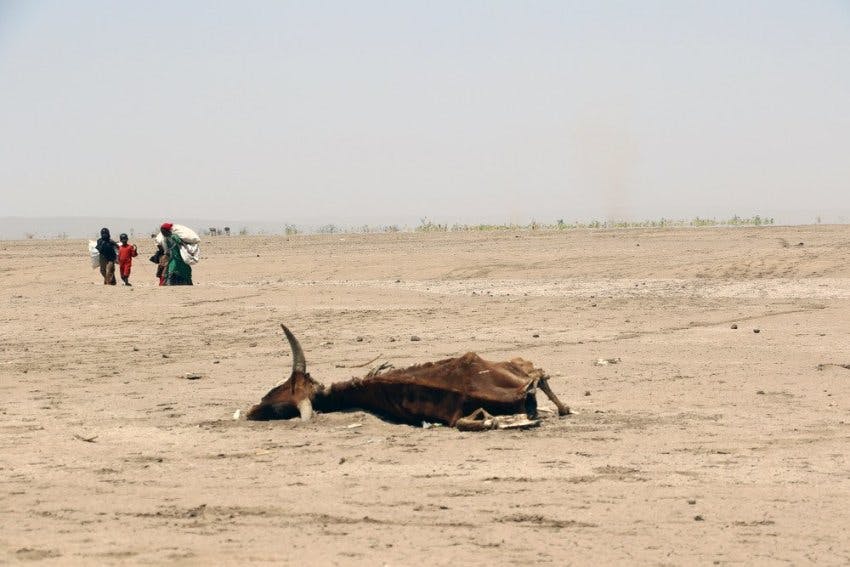
2018, Indonesia: Early warning failures
Although Southeast Asia is considered a global leader when it comes to disaster risk reduction, flaws remain. Indonesia’s early warning system for tsunami detection breaks down after a 7.5-magnitude earthquake triggers a tsunami that hits Central Sulawesi and kills thousands of people. A lack of funding for the high cost of upkeep of the early warning system is partly blamed, with one aid worker lamenting, “somebody has to pay for it”.
The World Bank’s Famine Action Mechanism begins work putting financing towards famine early warnings out of a recognition that food security crisis warnings often do not translate into consistent and early responses.
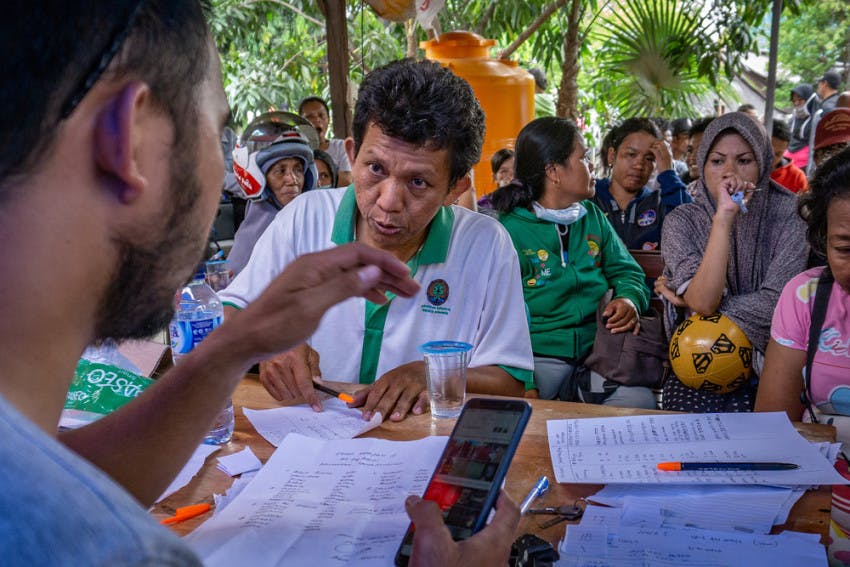
From the Archives:
Behind Indonesia’s tsunami response, a patchwork army of volunteers (May 2018)
Why Indonesia’s rules on foreign tsunami relief are rattling the aid sector (October 2018)
New health threats emerge for Sulawesi survivors (October 2018)
Indonesia tsunami: Aid briefing (October 2018)
Six months after Sulawesi tsunami, many survivors still stuck in makeshift tents (March 2019)
Indonesia tsunami rebuild edges forward, but not for everyone (September 2019)
2019, India: Lives saved but livelihoods destroyed
Decades of Indian government investment in prevention are shown to pay off. In 1999, an estimated 10,000 people died when a cyclone struck the coastal Indian city of Odisha, prompting the government to step up its risk reduction efforts, building shelters, strengthening embankments, and introducing drills with planned evacuation routes. When Cyclone Fani slams into the same city this year, the government’s early response – evacuating up to a million people three days prior to the storm – is internationally praised.
However, the significant damage to buildings and livelihoods underscores the need for greater investment in more resilient infrastructure. Reducing disaster damage to critical infrastructure is the theme of 2019’s DRR Day.
2020: Climate change and COVID-19 change everything
Overlapping and repeat disasters are becoming the norm as climate change drives unpredictable weather extremes. “Anticipatory action” – championed by the UN's humanitarian chief and some major donor countries as a “no brainer” – gets more traction and more funding. The approach links early warnings to pre-agreed finance and early action so humanitarians can act ahead of a hazardous event to protect people, assets, and livelihoods.
The term “natural disaster” gets a rethink, as it’s considered misleading, implying that the devastating results of disasters are inevitable. While hazards themselves may be natural and unavoidable, the resulting disasters are almost always due to human actions and decisions.
The COVID-19 pandemic provides a catastrophic example of systemic risk, cascading from health into a global crisis affecting international economics, politics, and conflict. An independent Global Preparedness Monitoring Board calls for a new focus on pandemic preparedness, calling the 2020 response “a collective failure”.